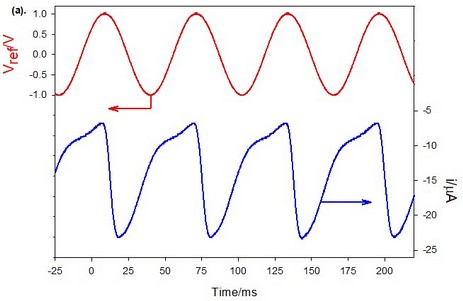Cavitation-induced Erosion
Erosion of a solid surface by cavitation has several important applications, which range from the understanding of erosion and cleaning in the presence of ultrasound, to the materials employed in flow systems. To characterise erosion/corrosion we have employed a combination of many techniques including high-speed imaging, impedance measurements with acoustic modelling, luminescence (MBSL) and electrochemical technology has enabled us to gain a fuller understanding of the often-complex behaviour of cavitation environments.
Laser Induced Cavitation
Laser induced cavitation has several useful attributes when studying dynamics of single bubbles. We have investigated laser induced cavitation using high-speed imaging, CFD modelling and electrochemical technology.
Hydrodynamic Modulation Voltammetry
Hydrodynamic modulation voltammetry (HMV) operates by employing a periodic method of forced convection to an electrode surface. This, with appropriate signal analysis, enables mass transfer dependant signals to be targeted at the expense of all non-mass transfer dependant signals (this will include double layer and UPD signals for example). In order to study this phenomenon, we have developed a pulsating jet method to generate the modulated flow of solution.


